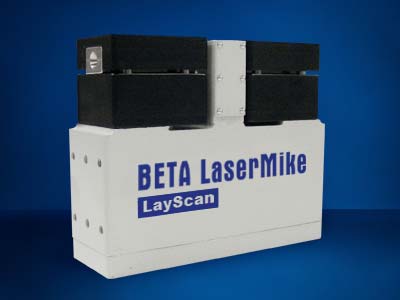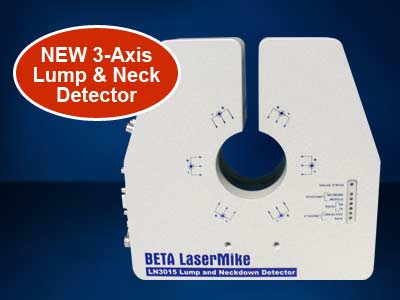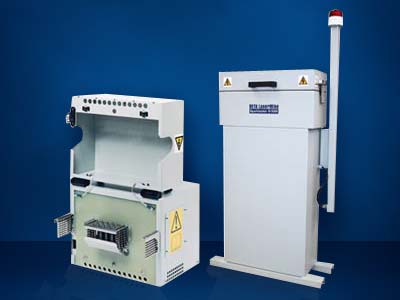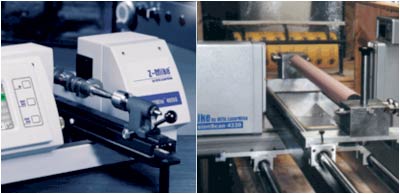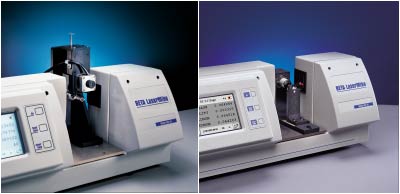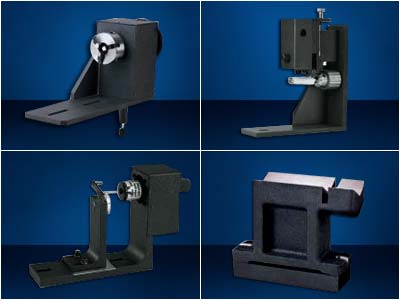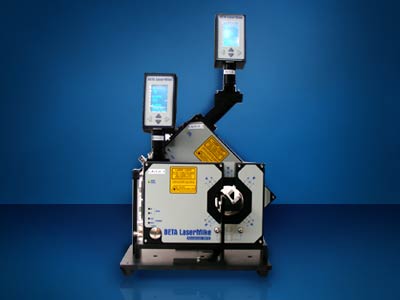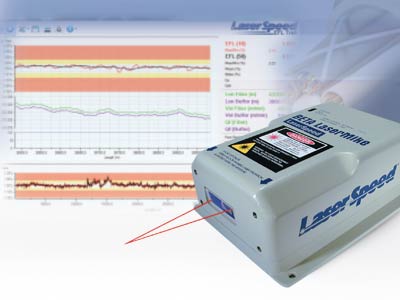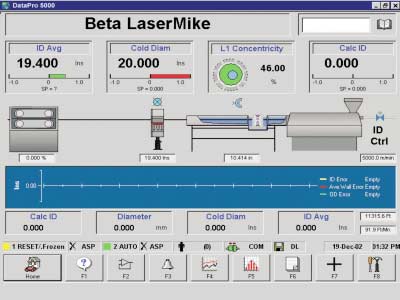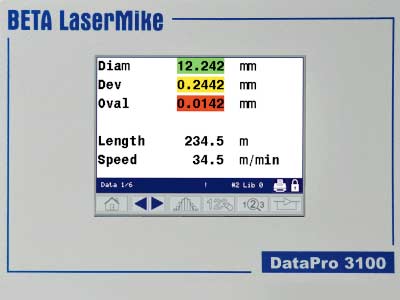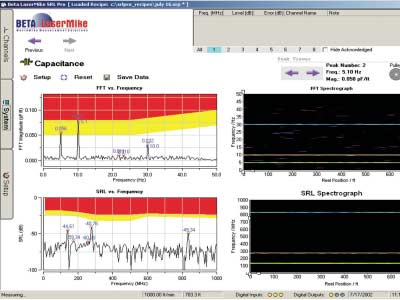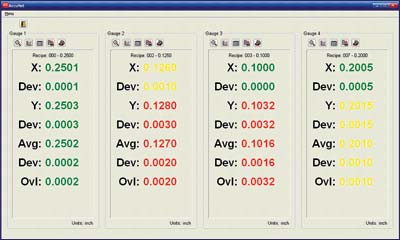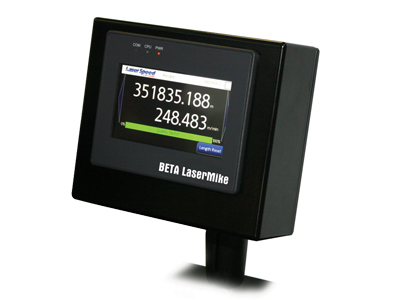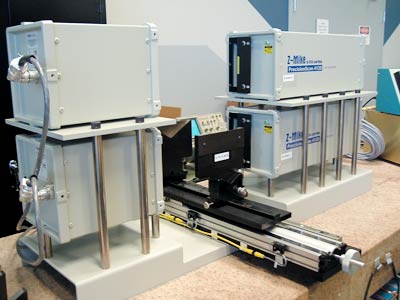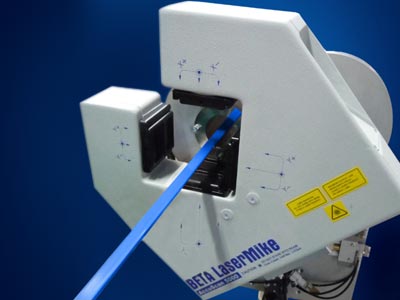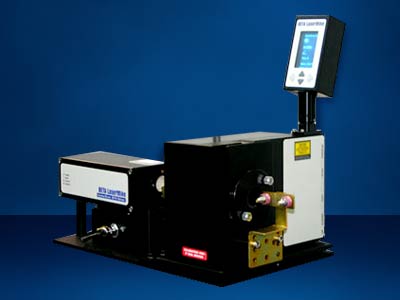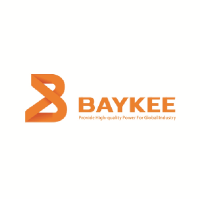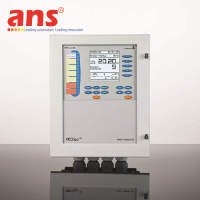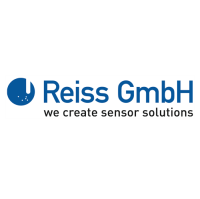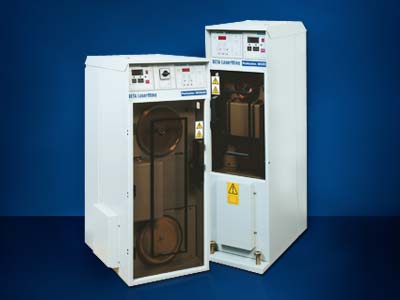
Wire Preheating Systems
Giá bán: Liên hệ
Hãng sản xuất: NDC Technologies
Danh mục: Thiết bị trong dây chuyền sản xuất
Nhà cung cấp: Anh Nghi Son
Xuất sứ:
Bảo hành: 0
Wire Preheating Systems
In-Process Wire Heating
Preheaters from Beta LaserMike provide uniform, in-process wire heating to eliminate insulation voids in primary cables. When a wire is preheated for only fractions of a second by a low frequency (50/60 Hz) heat cycle, the heat is unevenly applied to the wire, resulting in hot and cold spots. When high frequency preheating is used, more heat cycles are applied to the wire, ensuring more consistent heating all along the length of the wire. For this reason, all Beta LaserMike Preheaters use high frequency heating. Beta LaserMike offers a full range of models to meet your unique wire preheating needs.
Industry leading safety features.
Wire break detection, current overload sensors, and a concealed wire path behind the electrically locked door provide peace-of-mind safety to your equipment, process, and personnel.
Flexible temperature interface
External temperature controller interface allows compensation for low-speed applications and varying input temperatures.
Efficient power control.
All preheater components are carefully designed to ensure that power losses are minimized and all input power is used to heat the wire.
Preheaters from Beta LaserMike are proven performers in a wide range of wire and cable industries. These gauges are designed to effectively eliminate cable insulation voids with the highest assurance. Industry applications include:
- Communication cable (i.e., coaxial, CATV, etc.)
- Power cable
- Building cable
- Specialty cable
- And more...
- The following technical information provides a range of performance data across all models.
For specific product details to meet your unique application needs, please refer to our data sheets. -
- OD Range: 0.28 – 2.8 mm (0.01 – 0.11 in.)
- Max Line Speed: up to 2500 m/min. (8200 ft/min.)
- Pulley Size: up to 2 x 280 mm (2.11 in.) Check data sheet for size.
- Power Output: 8 – 16 kVA
- Max Loop Voltage: 17 – 40 V
- Max Wire Temperature: 370 – 750° F (190 – 400° C) Check data sheet for temperature.




